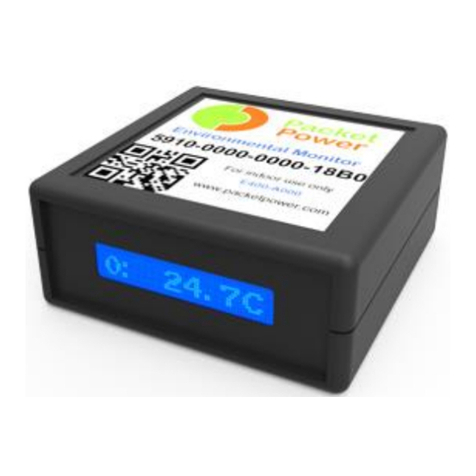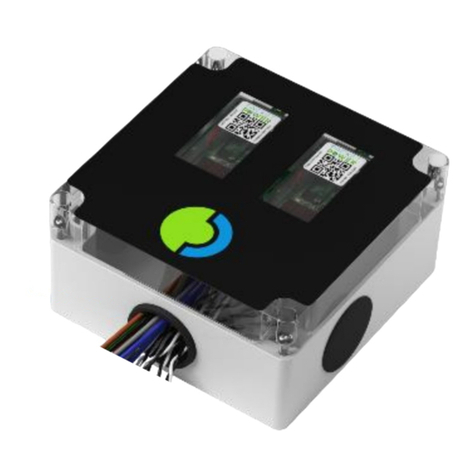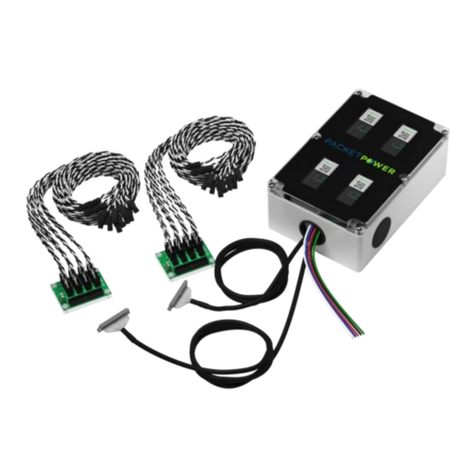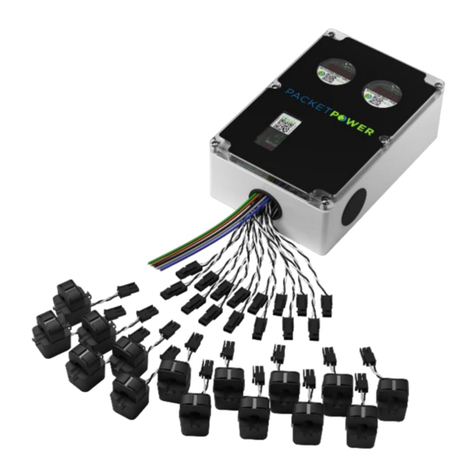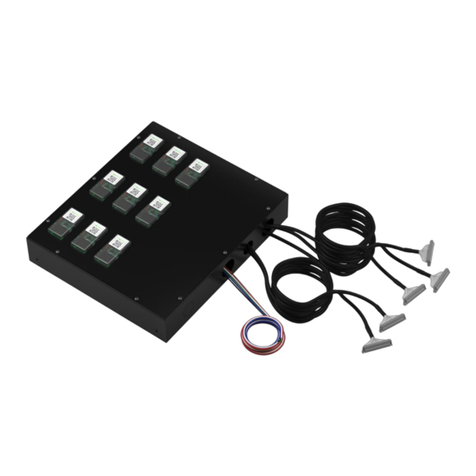
Packet PowerMulti-Circuit Monitor BGS16 User Manual V2.0
© 2021 Packet Power, LLC Page 6 of 27
Index
SECTION 1: GENERAL ...................................................................................................... 2
HAZARDS............................................................................................................................ 2
Regulatory Information......................................................................................................... 4
Using this Manual................................................................................................................. 5
Index ..................................................................................................................................... 6
SECTION 2: OVERVIEW ................................................................................................... 7
Supported Voltage Service Types......................................................................................... 7
Current Transformers............................................................................................................ 7
Communication..................................................................................................................... 8
Components .......................................................................................................................... 9
SECTION 3: INSTALLATION ......................................................................................... 10
Installation Overview.......................................................................................................... 10
Mounting............................................................................................................................. 10
Voltage Connection ............................................................................................................ 12
CT Interconnect Cable and Board....................................................................................... 15
CT Leads............................................................................................................................. 15
CTs...................................................................................................................................... 16
SECTION 4: OPERATIONS.............................................................................................. 19
Start Up............................................................................................................................... 19
Operation............................................................................................................................. 19
Shutdown ............................................................................................................................ 20
Troubleshooting.................................................................................................................. 20
SECTION 5: MAINTENANCE ......................................................................................... 22
Equipment Parts List........................................................................................................... 22
Scheduled Maintenance...................................................................................................... 23
Add or Replace a CT........................................................................................................... 23
Dismantling......................................................................................................................... 25
Emergency Measures.......................................................................................................... 25
APPENDIX: SAMPLE PANEL DETAIL......................................................................... 26












